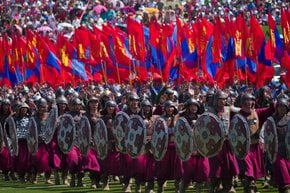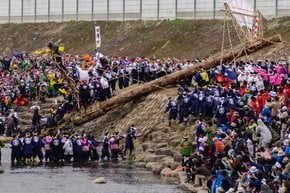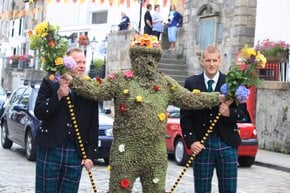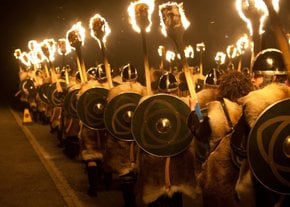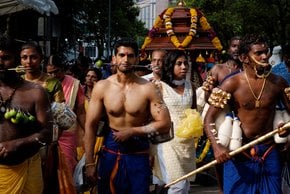Tradition or Savagery? Grindadráp! in Faroe Islands 2026
The national hunting and eating of the pilot whales for many people may seem an oddity, but for Faroese this has been a long time tradition
Best time: June–October
The people of Faroe Islands take it very seriously when it comes to whaling. Not only has it always been a tradition, but also at a certain time—a survival necessity. In modern times, when the whale meat can be altered with other food supply and is said to contain dangerous amounts of mercury, it has become a subject of the worldwide discussion between those pro and against.
The event happens whenever a group of whales swims near the archipelago and is noticed by the islanders. From that moment on, it becomes something that puts the 50,000 Faroese inhabitants into the state of frenzy. Most of the men rapidly turn into hunters, who, while using a traditional hook to cut the whales open, turn the bay waters into red. These big marine mammals with large foreheads are then specially cooked and distributed non-commercially to all the islanders. So if you are there at that time, you might be able to judge whether this is a righteous and tasty tradition that connects the nation to its cultural heritage or just another cruel leftover from the ancient past that should fade away.
Grindadráp can be practiced only on the authorized beaches. There are about 20 towns, villages or bays across the Faroe Islands that have the proper conditions and authorization for beaching whales—Bøur, Fuglafjørður, Húsavík, Klaksvík, Norðragøta, and Tjørnuvík, just to name a few.





